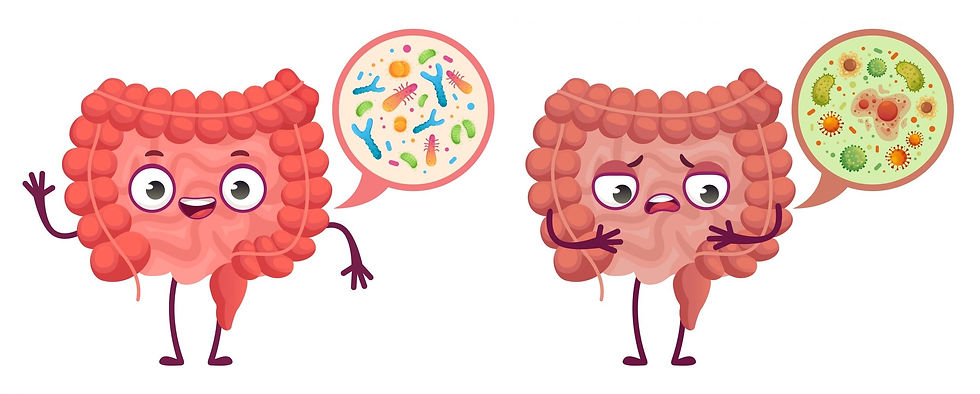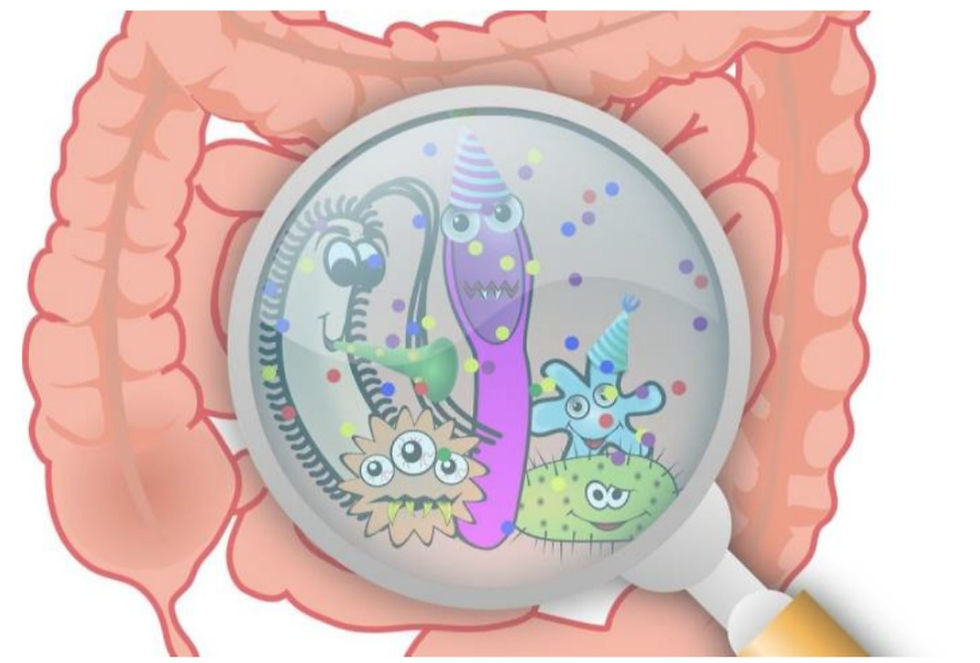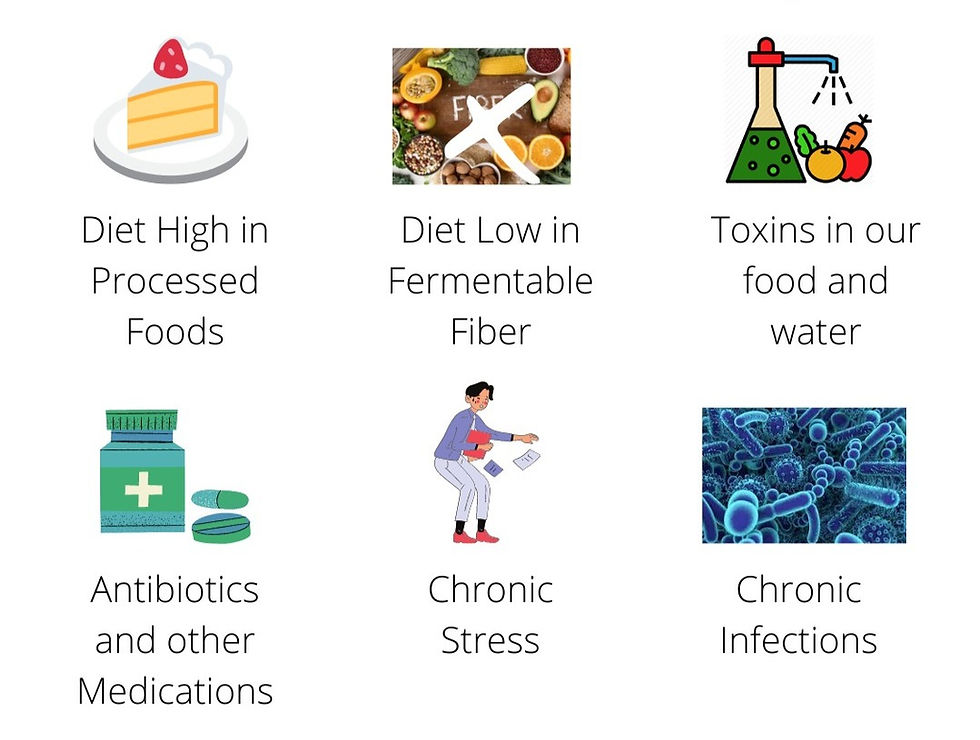Intermittent Fasting and Gut Health
- Marnie
- Jan 23, 2022
- 2 min read
We know that our gut flora play an integral role in digestion, but this role extends to managing the entire metabolism of the body. When you eat, your flora have to work to break down and digest food, so your eating cycle will impact the day-to-day life of your microbiome.

Studies have shown that time without food (fasting) increases bacterial diversity, suggesting that during the absence of food, bacteria keep working. In fact, the time without food represents a more natural feeding cycle, when food is not available, and allows microbes to do their own “spring cleaning” of our digestive and immune system, which is likely a part of our body’s normal interaction with micro flora.
Enter >>> Intermittent Fasting
Intermittent fasting (IF) is an umbrella term that encompasses a number of different fasting regimens, which involves consuming few or no calories for a predetermined period of time. I have outlined the different ways one can intermittent fast, which is determined by the duration of the “feeding window,” the timeframe in which food is consumed, and the “fasting window,” the timeframe in which food is avoided. The common types of IF are summarized in the table below.
Types of Intermittent Fasting
Fasting Method | Description | Feeding Window | Fasting Window |
|---|---|---|---|
Alternate Day Fasting (ADF) | Abstain from all calorie containing food and beverages during the fasting window. Consume food ad libitum during the feeding window. | Every other day | Every other day |
Modified Alternate Day Fasting (mADF) | Restrict energy intake to 20-25% of daily caloric requirement during the fasting window. Consume food ad libitum during the feeding window. | Every other day | Every other day |
Time Restricted Feeding (TRF) | Abstain from all calorie containing food and beverages during the fasting window. Consume food ad libitum during the feeding window. | 4-12 hours/day | 12-20 hours/day |
Early Time Restricted Feeding (eTRF) | Abstain from all calorie containing food and beverages during the fasting window. Consume food ad libitum during the feeding window. | 6 hours/day, early (ex. 8 a.m. - 2 p.m.) | The remainder of the day |
5:2 Diet - Periodic or Cyclic Fasting | Restrict energy intake to 20-25% of daily caloric requirement during the fasting window. Consume food ad libitum during the feeding window. | 5 days/week | 2 non-consecutive days/week |
6:1 Diet - Periodic or Cyclic Fasting | Abstain from all calorie containing food and beverages during the fasting window. Consume food ad libitum during the feeding window. | 6 days/week | 1 day/week |
Special Considerations:
While IF is generally considered to be safe, potential side effects include feeling cold, having low energy, feeling hungry, and experiencing mood or behavioral changes. Diabetics, particularly those with Type 1 or advanced Type 2 diabetes, should exercise caution with fasting. Ketoacidosis is a life-threatening complication of diabetes in which ketone bodies accumulate in the body as a result of insufficient insulin. Be sure to consult with a functional practitioner for guidance before implementing an intermittent fasting regime.







Comments